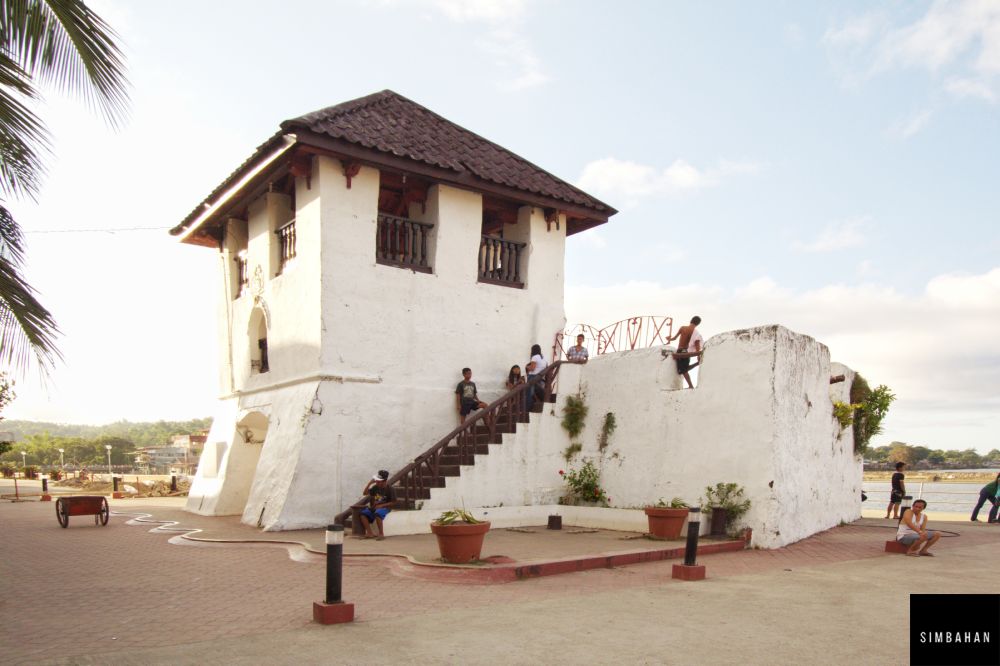
Philippine fortifications were a direct response to the harsh realities of Spanish colonization in the archipelago. The Spaniards struggled to conquer the islands, constantly facing resistance from native tribes and threats from rival colonial powers. Their control faced threats from internal unrest. European powers also aimed to expand their influence in Southeast Asia, challenging Spain.
To cite a few:
- The Spaniards fought off hostile tribes like the Caraga of Surigao and some mountain tribes in Cagayan to protect settlements.
- With the rise to power of the Sulu Sultanate, aided in part by the British, and the flourishing of Batavia (Jakarta in Indonesia) as a center of trade, the need for more human capital led to the Muslim slave raids during the onset of the habagat (southwest monsoon) in the 17th and 18th centuries. These raids greatly affected the development of many coastal towns in Luzon, the Visayas, and some parts of Mindanao.
- The British, Dutch, Chinese, and local pirate attacks—with the latter taking advantage of the fear brought on by Muslim slave raids—were constant threats.
The need to preserve Philippine fortifications
The Spaniards built a network of Philippine fortifications to protect their interests and the gains made in Christianizing the population. This included a series of forts, fortified churches and convents, and a string of watchtowers erected across the country.
Only the Philippine fortifications made of stone and mortar mostly survive today. A few major forts and watchtowers remain in good condition and have been declared National Cultural Treasures. But many others have been demolished to make way for modern buildings.
Several are now crumbling, like the one in Daanlungsod, Oslob—overgrown with vegetation and weakened by time. The Linapacan fort in Northern Palawan is another example. Coastal structures are being claimed by the sea, while others, like a fort in Zambales, have been buried under lahar. Some have even been titled to foreigners and resort owners who turned them into private rooms for paying guests.
There is a clear need to preserve what remains of these Philippine fortifications, as they are part of our rich colonial past and serve as a reminder of the country’s long and complex history.
Q&A: Philippine Fortifications and Forgotten History
Q: What are Philippine fortifications and why were they built?
A: These are military structures—such as watchtowers, forts, and walls—built mainly during the Spanish colonial period to defend towns from Moro slave raids and other external threats.
Q: Where were these fortifications located?
A: They were often built in coastal towns, strategic passes, or church complexes across Luzon, Visayas, and Mindanao—especially in areas vulnerable to sea-based attacks.
Q: What architectural elements are typical of these forts?
A: Most used coral stone or adobe, with thick walls, bastions, turrets, and sometimes dry moats. Some were integrated into churches, forming fortress-churches.
Q: Why are Philippine fortifications considered a neglected part of our history?
A: They receive little attention in mainstream narratives, are rarely maintained, and many have been damaged, abandoned, or repurposed without regard for their heritage value.
You can check some fortification related posts too in my Simbahan IG.